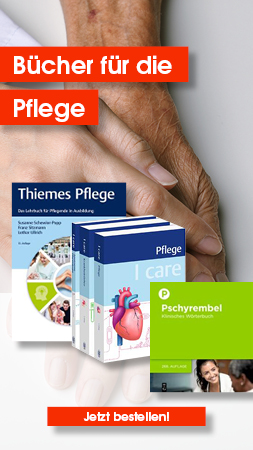Buch, Englisch, 560 Seiten, Format (B × H): 201 mm x 274 mm, Gewicht: 1338 g
Using Evidence in Care
Buch, Englisch, 560 Seiten, Format (B × H): 201 mm x 274 mm, Gewicht: 1338 g
ISBN: 978-0-19-969741-0
Verlag: Oxford University Press
Adult Nursing Practice: Using evidence in care enables today's students and newly qualified nurses develop the knowledge and skills they need to deliver, and lead care tomorrow. Reflecting the principles of evidence-based care in line with the current NMC competencies, this textbook helps students learn to manage patients with common conditions and fundamental health needs so they can provide the best possible evidence-based care.
Written, and edited by leading nurses from practice, education and research, it focuses on common diseases, fundamental health needs, and symptoms that nurses' encounter in daily practice. Conditions are clearly explained so that the causes of ill health are easily understood. Every chapter covers pathophysiology, indicates the key priorities for nursing assessment, and discusses 'what the evidence says', before considering nursing management options. Throughout the authors' clear signposts to trustworthy evidence mean that students can effortlessly select the best nursing interventions for their patients using the current available evidence-base.
The ideal guide for students preparing for registration and newly qualified staff going through preceptorship, it is packed with over 115 illustrations and lots of features to bring the subject to life and make learning easier:
BLNursing assessment illustrations outline challenges caused by common diseases in a helpful and memorable way, highlighting issues that need assessment
BLRed flag icons indicate the warning signs of deterioration and urgent questions are listed that can be used for assessment and monitoring
BLCase studies of effective evidence-based interventions show the difference that high quality nursing care makes
BLCross references between common conditions' causes and managing related health needs and symptoms develop understanding by clearly linking pathophysiology with nursing management options
BLTheory into practice boxes further enhance learning through suggested activities, such as exploring key evidence, considering major practice issues or applying core knowledge while out on placement
BLOnline resource centre at www.oxfordtextbooks.co.uk/orc/bullock /. Filled with interactive and useful e-learning resources to help students test their learning, keep up-to-date with the latest evidence and further expand their knowledge, it features:
BLClinical decision making scenarios
BLQuiz questions
BLUpdates to content
BLHyperlinked references
BLimages from the book
BLLecturer resources
Zielgruppe
Nursing students, newly qualfied nurses, staff nurses as well as mentors, team leaders, ward sisters/charge nurses and practice development nurses.
Autoren/Hrsg.
Fachgebiete
- Medizin | Veterinärmedizin Medizin | Public Health | Pharmazie | Zahnmedizin Pflege Ausbildung in der Pflege
- Medizin | Veterinärmedizin Medizin | Public Health | Pharmazie | Zahnmedizin Pflege Krankenpflege
- Medizin | Veterinärmedizin Medizin | Public Health | Pharmazie | Zahnmedizin Pflege Pflegeforschung, Pflegemanagement
Weitere Infos & Material
1: Introduction: Reframing Adult Nursing
Part 1:Understanding core conditions
2: Understanding Asthma
3: Understanding Bone conditions
4: Understanding Cancers
5: Understanding Chronic Obstructive Pulmonary Disorder
6: Understanding Coronary heart disease
7: Understanding Dementia
8: Understanding Depression
9: Understanding Diabetes
10: Understanding Functional bowel disorders
11: Understanding Renal disorders
12: Understanding Skin conditions
13: Understanding Stroke
Part 2: Managing health needs and symptoms
14: Managing anxiety and agitation
15: Managing breathlessness
16: Managing continence and elimination
17: Managing delirium and individuals presenting with
18: Managing end of life care
19: Managing hydration
20: Managing hygiene
21: Managing the prevention of infection
22: Managing medications
23: Managing mobility
24: Managing nutrition
25: Managing pain
26: Managing perioperative care
27: Managing skin care and preventing skin breakdown
28: Managing wounds






